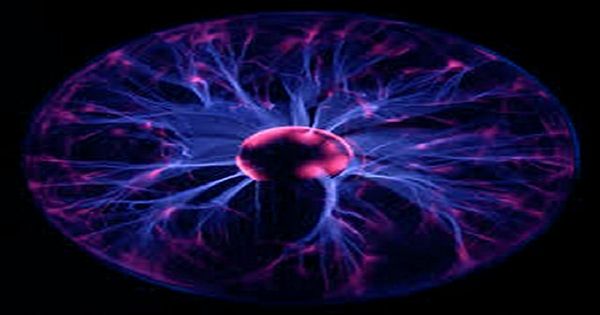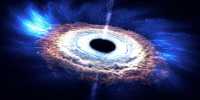The concept of dark matter was first introduced in the 1970s by Vera Rubin, Kent Ford, and Ken Freeman, and is now the key to many of our theories. It is thought that about 85 percent of the matter in the universe is dark matter. Despite decades of exploration, scientists have yet to discover what darkness is.
We know that it interacts with gravity (because of the gravitational effect of things we can measure) but not with light (because we can’t see it directly), and the hard evidence proves that it’s not really a matter but a matter of physics with law. There has been speculation that the particles are made of dark matter, and researchers at York University have just suggested a new, hexaquark.
Hexaquark is a particle made up of six quarks – one of the most basic particles in physics and the element of neutrons and protons. Each of them, instead, is made up of three quarks each (two on top and one below for protons and two below and one above for neutrons). This particular hexaquark, first detected in 2014, is abbreviated as d * (2380) or D-Star and decays within a fraction of a second.
Researchers in York discuss some of the theoretical features of D-Star that make it an attractive candidate for dark matter, in a new study published in the Journal of Physics G: Nuclear and Particle Physics. This property of D-star hexaquarks bosons allows their boss-Einstein condensate to combine as the so-called fifth substance. In this case, the phenomenon of quantum becomes macroscopically obvious – it is large enough to be visible to the naked eye. Researchers believe that Bose-Einstein condensates made from the D-Star hexaquarks could make it a competitor to dark matter on a larger scale in the first universe.
Co-author Professor Daniel Watts, said in a statement, “The origin of the dark matter in the universe is one of the biggest questions in science and it has remained blank so Far.” “Our first calculations indicate that D-star combinations are potential new candidates for darkness. This new result is particularly exciting because it does not require any new concepts in physics. “
Researchers believe that there may be sufficient conditions for the formation of sufficient amounts of D-star hexaquarks to be a candidate for the legitimate dark matter of the primordial universe. However, there are plenty of candidates in this field who seemed promising and since then it has been rejected.
Co-author Dr. Mikhail Bashkanov added, “The next step in establishing a candidate for this new dark matter is to gain a better idea of how D-stars interact – when they attract them and when they drive each other out.” “We are leading new measurements to create D-stars inside an atomic nucleus and see if their properties differ when they are in a given place.”
To create a truly compelling case, the team will need to establish many more properties of hexaquarks and will need to testable it. In their research paper, they mentioned a few that could limit the existence of D-star condensate.















